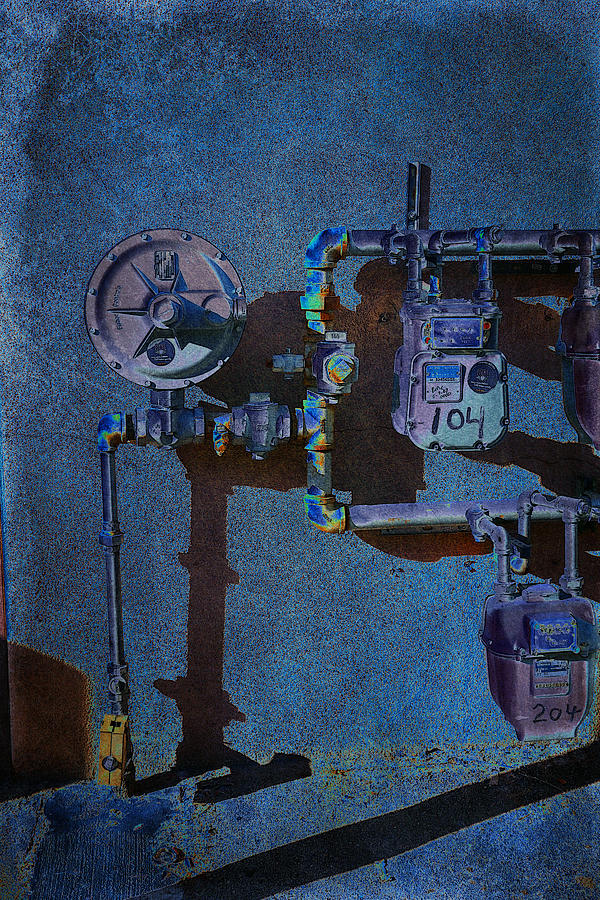

Painters, such as René Magritte and Jasper Johns, did appropriate the style and transform it into their own. Artists of the Modern period, however, made limited use of trompe l’œil, as works no longer strived towards illusion or imitation but were made to investigate the grounds for art’s own existence. Largely forgotten during the Middle Ages, the technique was given a new lease of life by the Italian Renaissance and the era’s advanced understanding of perspective, while painters of the Baroque era applied it to the then increasingly popular genre of still life. The Roman writer Pliny the Elder writes of a rivalry in ancient Greece between the painters Zeuxis and Parrhasius, both accomplished in this particular art. Trompe l’œil art does not belong to a particular ism or medium but slips in and out of focus through the ages, depending on dominant regimes of representation.Īlthough the term was not coined until the early 1800s, the genre can be traced back to Greek and Roman times.

Literally meaning ‘cheat the eye’, the art technique involves the realistic depiction of phenomena to create optical illusions, often turning flat surfaces into seemingly three-dimensional objects. Like the carefully staged crime scene, trompe l’œil tricks the viewer through the arrangement of misleading appearances and false clues.


 0 kommentar(er)
0 kommentar(er)
